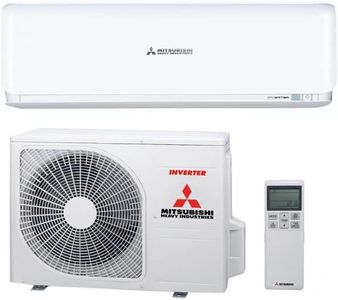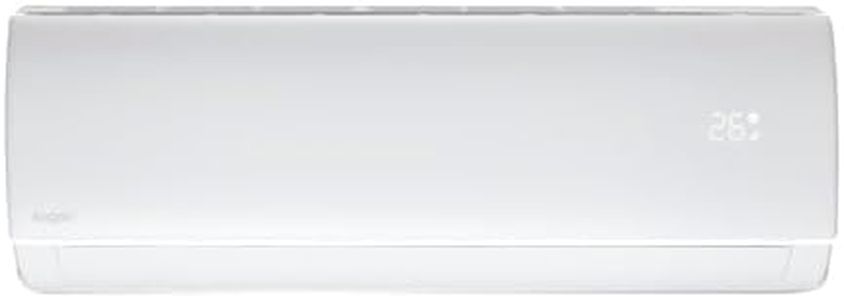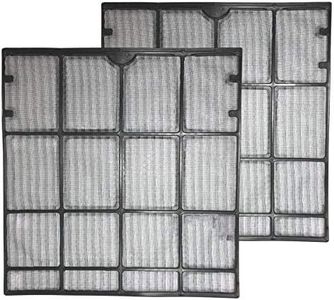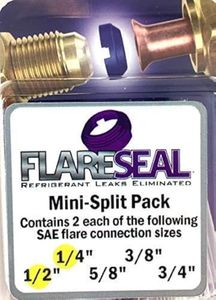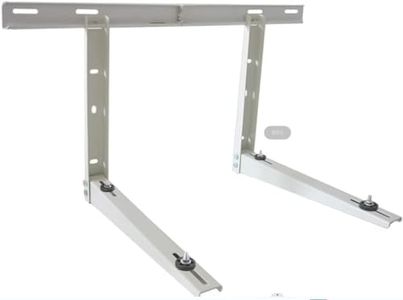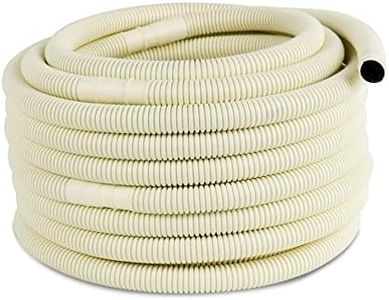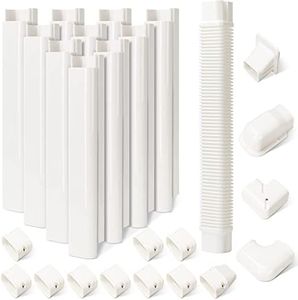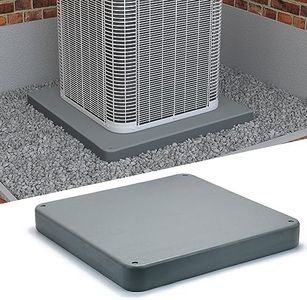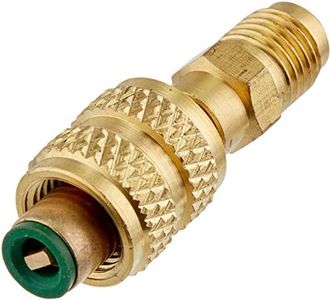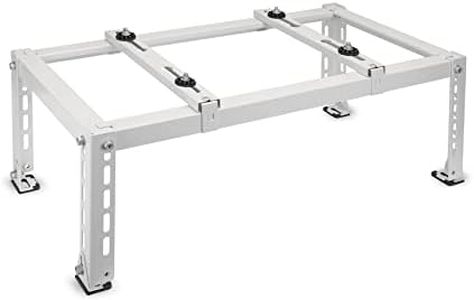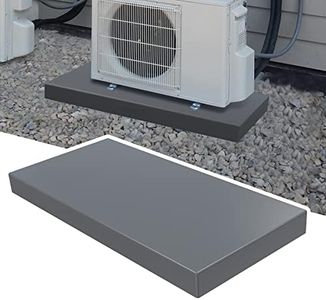We Use CookiesWe use cookies to enhance the security, performance,
functionality and for analytical and promotional activities. By continuing to browse this site you
are agreeing to our privacy policy
10 Best Mini Split Systems
From leading brands and best sellers available on the web.Buying Guide for the Best Mini Split Systems
Mini-split systems are a type of ductless air conditioning and heating solution, great for rooms or homes where traditional ductwork isn’t an option. They offer efficient temperature control, are quieter than many window units, and can be more energy-efficient in the right setting. Choosing the right mini-split system depends on understanding a few key specifications that impact comfort, efficiency, and ease of installation.BTU CapacityBTU (British Thermal Units) measures the cooling or heating power of your mini-split. It's important because the right BTU rating ensures your space is cooled or heated efficiently—too high wastes energy, too low struggles in extreme weather. BTU needs are related to room size: smaller spaces (like bedrooms) usually need 6,000–9,000 BTUs, medium rooms (like living rooms) 12,000–18,000 BTUs, and larger or open spaces up to 24,000 BTUs or more. To find the right fit, estimate your room’s square footage and match it with the corresponding BTU range, factoring in ceiling height, sunlight, or extra heat from appliances.
Number of ZonesZones determine how many separate areas the mini-split system can cool or heat independently. A single-zone system is suitable for one room or open space, while a multi-zone system (with two or more indoor units) can serve several rooms with one outdoor compressor. If you want different temperatures in separate rooms, or have multiple spaces to cover, a multi-zone system gives added flexibility and control.
SEER RatingSEER stands for Seasonal Energy Efficiency Ratio, a measure of how efficiently the system cools. The higher the SEER, the less electricity it uses for the same amount of cooling. Systems range from about 13 SEER (basic standard) to over 20 SEER (premium efficiency). If efficiency and lower electricity bills are important to you, look for a higher SEER, but for spaces used less often or for mild climates, a lower SEER may be enough.
Heating Capability (HSPF)HSPF, or Heating Seasonal Performance Factor, is a measure of how efficiently the system heats. Like SEER, a higher HSPF means more heat for each unit of electricity. If you need your mini-split for year-round use in cold weather, look for models with higher HSPF ratings—these will handle winter temperatures more cost-effectively and comfortably.
Noise LevelMini-split systems are known for being quiet, but actual noise levels (measured in decibels, dB) can matter for bedrooms, offices, or living rooms. Lower is quieter: indoor units commonly range from 20 to 40 dB, like a whisper to gentle rainfall. Consider your sensitivity to noise and location—if silence is crucial, aim for the lower end of the range.
Installation OptionsMini-splits come in wall-mounted, ceiling cassette, floor-mounted, and ducted types. Wall-mounted is most common and easiest to install, while others may fit better with specific room layouts or aesthetics. Ceiling cassette types are discreet for larger or commercial spaces, while floor-mounted work in spots with limited wall space. Think about your room shape and how you’d like the unit to blend with your space when deciding.
Smart FeaturesSmart features include WiFi connectivity, remote controls, app integration, scheduling, and compatibility with smart home systems. These can add convenience, like adjusting temperature from your phone or setting schedules for comfort and savings. If you value modern controls or want easy remote access, prioritize models with these built-in features.
